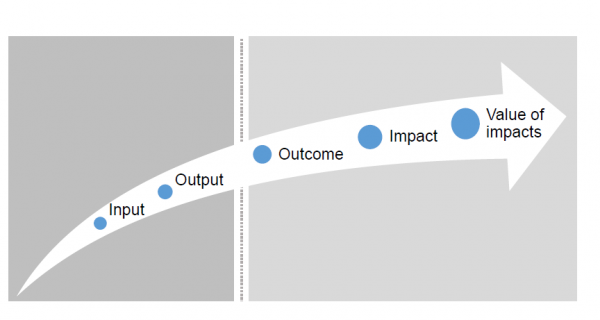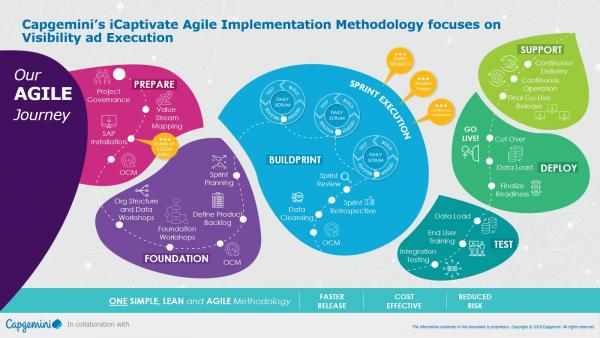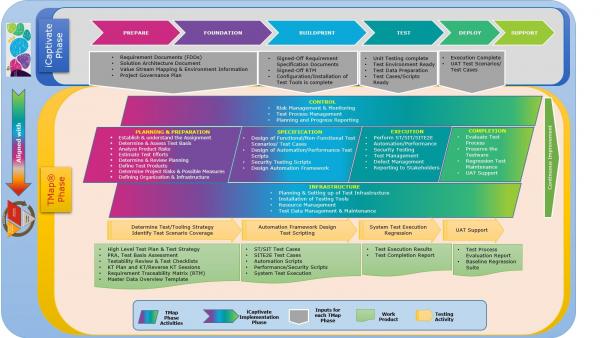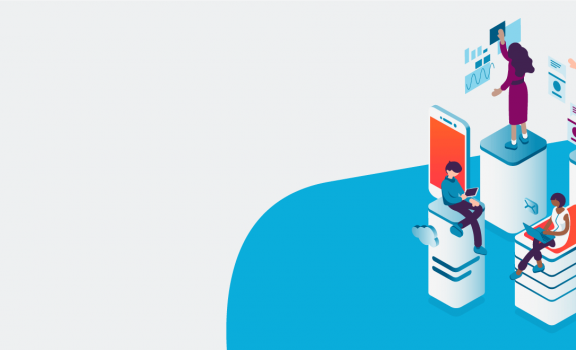In today’s fast-moving world with short time to markets, we can’t hardly imagine what impact this has on software quality and software testing. As we all know, looking back over the last decade, software testing is much more then only click the button and verify the outcome. Nowadays, for a smooth test execution we need to commit to all kinds of pre-requisites like:
- Align and plan with multiple stakeholders (project and business)
- Create and collect test data
- Manage and plan availability of the test environment(s)
- Test data alignment amongst whole landscape
- Availability of all legacy and 3rd party systems
- Determine impact of the test outcome and do analysis of the value of the impacts

Beside these pre-requisites, we also deal with a lot of challenges like late or incomplete deployments, no available or half written documentations, pressure from management and business to deliver solutions as soon as possible and everything with the highest possible quality. Other common challenges are DevOps / Agile solutions which introduce individual increments but need to work in an integrated solution with many increments (from same or other teams). This all requires excellent planning, good communication, good insight and extreme visibility in progress, in bottlenecks, in challenges and in changes. And of course, all of this with not losing the human aspect.
In the SAP world it is not different. Many project layers are involved from SteerCo’s, Project Managers, Sub Project Leads, Subject Matter Experts, Architects, Business Analysts, Developers, Functional Specialist, Technical Consultants, Business, Testers etc. All these roles have something to say and an important role to play. And all need to be directed to the same goal. As majority of these roles are involved in sub parts of the project and only a few have the total overview and visibility of the whole project and program. How to guarantee quality? How to be sure all resources work on the same goal, with same quality, at the right moment? It is a challenge we are always dealing with in all kind of projects.
To focus on quality, many books, blogs, videos and webinars are available. But in my opinion, quality starts at the beginning of the SAP journey. When you make your first project steps, regardless if it is a greenfield, an S/4 HANA transition, a module upgrade or a technical migration, quality should be one of your main focus points throughout the entire journey. Within SAP, there are many roadmaps available to follow to reach your goal. SAP introduced the SAP Activate model, Capgemini/ Sogeti embodied this model and evolved it to a roadmap called iCaptivate. I was in the lucky position to help upgrade the current iCaptivate roadmap to a 2.0 version in which TMap has been integrated and adopted in all phases of the SAP journey.
iCaptivate 1.0
As you can see in below picture, the original roadmap is broken down in several phases. In the PREPARE phase, the project is started, plans are finalized and team members get onboarded. The goal of the FOUNDATION phase is to rapidly validate the expected 80% fit or preconfigured leading practices and therefore input for the planning and sprints. In the BUILDPRINT phase, the actual solution is being built via series of sprints or iterations of deployments. For the first time testing is introduced in the form of Unit testing for the 20% that is not pre-configured. Then the TEST phase is the next step in the roadmap journey. The purpose of this phase within the methodology is to conduct complete integration testing of the solution. Goal at the end of the TEST phase is that the system should be ready for cutover. The DEPLOY phase is the phase were business and systems are prepared for a successful cutover. The new business processes and solutions are implemented. And the last step of the roadmap journey is the SUPPORT phase, where for a pre-determined period in time, after the production GO-LIVE, the project team supports the system and confirms all knowledge transfer activities have occurred towards the support organization.

iCaptivate 2.0 with TMap integrated!
With a quality heart, I was not very satisfied and happy with iCaptivate 1.0 roadmap. As mentioned earlier, quality starts at the beginning of each SAP journey, so quality should be introduced in the PREPARE phase, or even before that. Ideally quality should already be part of the RFI/RFP phase (Request for Information/Proposal). In your RFP, dedicate a chapter to quality and mention how quality is secured throughout your whole life cycle.
In the iCaptivate 2.0 roadmap, the phases remain the same, but TMap activities are implemented in each roadmap phase. In below overview you can see the roadmap phases, linked to TMap activities throughout the whole project life cycle. The colour codes represent activities per phase, but as some test activities are overlapping per roadmap phase, most activities are a gradient transition from one to the other activities.

When implementing these activities per phase, you can also find the input pre-requisites per TMap activity, you can find the work products (deliverables) per activity and in which testing activity it should be conducted in which phase of the lifecycle.
As the roadmap is an adaptive model, like TMAP, activities can be added, shifted or moved to different phases, however, above overview shows an initial approach how to implement quality per phase in the project roadmap.
The seven TMap phase are:
- Control
- Planning
- Preparation
- Specification
- Execution
- Completion
- Infrastructure
When you map the seven TMap phases to the SAP roadmap, you see that in the roadmap phase PREPARE and FOUNDATION, the TMap activities Planning & Preparation (with all its deliverables and pre-requisites) should be mandatory steps. There is no strict line where activities stop, they will be overlapping in these stages. Same when you look to the BUILDPRINT phase, you see that a little part of TMap activities Preparation, Specification and Execution are covered. Of course, in the TEST phase, the test execution activities will be conducted and a test conclusion is generated against agreed acceptance criteria. After this phase, you still see there are remaining completion activities to be done in the DEPLOY/SUPPORT phase. There are also two TMap activities which need to be managed, controlled and viewed during the whole life cycle, those are the Control activities for reporting, monitoring, progress and the Infrastructure for managing tools, resources and test data. However, don’t forget to implement strict Entrance and Exit criteria per testing phase, especially when you handover from the integrator/ vendor towards the business.
SAP Test Automation
Even for SAP Test Automation this model can be used. Envision Test Automation at the start of your SAP journey. Implement the Test Automation strategy within the whole life cycle. In the PREPARE phase you should already think about a test automation strategy. Think about tools, think about what you want to achieve with Test Automation (is it only testing, or also test data generation), onboard the correct skills and resources. With other words, think about quality and all its aspects from the start of the journey.
Conclusion
Conclusion of this epic quality journey is that quality is build and generated from the start. As testers we are not building or developing quality, we proof quality is available against pre-defined metrics which is agreed upon in the PREPARE and FOUNDATION phase. By implementing these activities in your project approach, you will have better visibility in quality and you will not be confronted at the end of the journey with the quality status. From the beginning we monitor, we report and we give insight in all relevant software quality activities.
Published: 17 January 2020
Author: Pepijn Paap
Read more about SAP Testing in:
